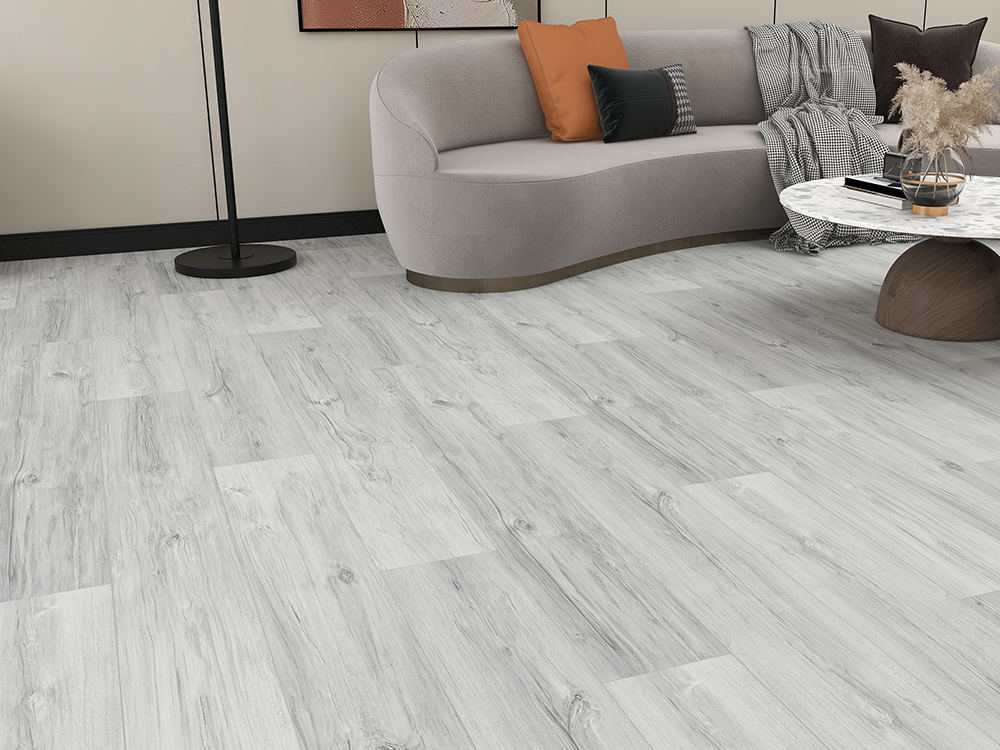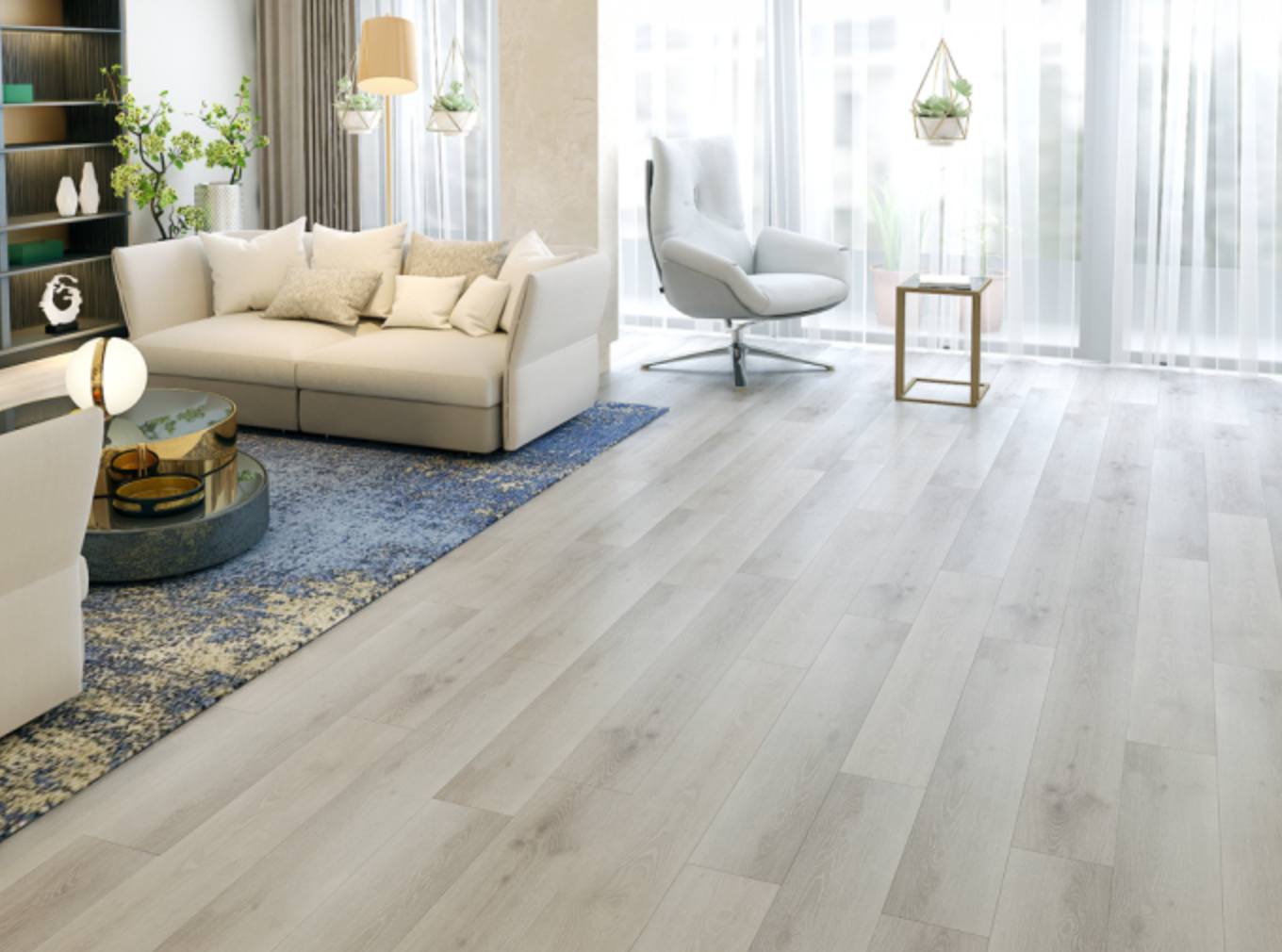Introduction
Choosing the right flooring for your home isn’t just about looks—it’s about comfort, durability, and how well it fits your lifestyle. With so many options on the market today, SPC and LVT flooring have become popular choices for homeowners and designers. At first glance, they may look the same, but underneath, they couldn’t be more different. Let’s break down the differences so you can make the best choice for your space.

What is SPC Flooring?
SPC stands for Stone Plastic Composite flooring. As the name suggests, its core is made from a mixture of natural stone powder and PVC, creating a rigid, highly durable plank. Because of its solid structure, SPC can handle heavy impacts, resist dents, and stay stable even in humid or fluctuating environments. Think of it as the “tough guy” of vinyl flooring.
What is LVT Flooring?
LVT stands for Luxury Vinyl Tile (or Plank). Unlike SPC, its core is fully PVC-based, which makes it flexible, softer, and more comfortable underfoot. LVT is celebrated for its ability to mimic natural wood and stone, often so realistically that guests may mistake it for the real thing. It’s the stylish, adaptable option in the vinyl flooring family.
Core Material Differences
Here’s where things get interesting:
SPC’s stone-plastic core means it’s tougher and more resistant to dents.
LVT’s flexible PVC core makes it softer, warmer, and more forgiving to walk on.
If you’ve ever compared concrete to rubber, that’s a good way to visualize SPC vs LVT.
Appearance & Design
Both flooring types look beautiful, but they serve different visual goals:
LVT excels at hyper-realistic wood and stone effects, with embossing and textures that mimic natural grain.
SPC also looks stylish, but its designs lean more on durability with modern patterns rather than extreme realism.
If realism is your top priority, LVT usually wins.
Durability and Performance
Durability is where SPC flooring shines. Its rigid structure makes it:
Scratch- and dent-resistant
More stable in high-traffic areas
Less likely to warp with temperature changes
LVT, while still strong, is softer, making it more prone to indentations from heavy furniture. On the plus side, it’s more forgiving underfoot, reducing fatigue if you stand for long periods.
Waterproof and Moisture Resistance
Both SPC and LVT are waterproof, but SPC edges out in humid areas like bathrooms and basements. Its dense stone-based core simply resists swelling better. LVT does fine in kitchens and living rooms but may not hold up as well in constantly wet environments.
Comfort and Feel Underfoot
Here’s where LVT shines:
SPC feels hard, almost like tile, which isn’t always comfortable for long standing.
LVT feels cushioned and warmer, making it cozy for bedrooms and living spaces.
If comfort is high on your list, LVT takes the lead.
Sound and Acoustics
If you live in an apartment or multi-level home, sound matters.
SPC tends to be louder, as its rigid surface amplifies footsteps.
LVT absorbs sound better, making it the quieter choice.
Add an underlayment, and both can improve, but LVT is naturally the quieter option.
Installation Methods
SPC Flooring: Usually comes with a click-lock system, making it a favorite for DIY projects.
LVT Flooring: Can be glue-down, loose lay, or click system. Glue-down requires more skill, but it offers rock-solid stability.
If you’re a DIY beginner, SPC is the friendlier option.
Maintenance and Cleaning
Both are easy to maintain:
SPC: A damp mop is all you need. Its smooth surface makes cleaning a breeze.
LVT: Also simple, but if you choose a textured finish, dirt may hide in grooves, meaning you’ll need a little more elbow grease.
Price Comparison
If you’re budget-conscious, SPC offers better value. If you want premium aesthetics, LVT is worth the investment.
Environmental Impact
While both are PVC-based products, some manufacturers now offer eco-friendly versions with recycled content. SPC’s stone core gives it slightly better longevity, while LVT offers more recyclability depending on the brand.
Best Use Cases
SPC Flooring: Best for kitchens, bathrooms, basements, and high-traffic commercial spaces.
LVT Flooring: Best for living rooms, bedrooms, and spaces where comfort and style matter most.

SPC vs LVT: Quick Comparison Chart
| Feature | SPC Flooring | LVT Flooring |
| Core Material | Stone + PVC | Flexible PVC |
| Durability | Very high | Moderate |
| Comfort | Hard underfoot | Soft and cushioned |
| Water Resistance | Excellent | Very good |
| Appearance | Modern, durable | Hyper-realistic wood/stone |
| Installation | Easy click-lock | Glue, loose lay, click |
| Price | Budget-friendly | More expensive |
| Sound | Louder | Quieter |
How to Choose the Right Flooring for Your Home
Ask yourself:
Do you want durability over comfort? Go with SPC.
Do you value realism and coziness? LVT is the winner.
On a tight budget? SPC gives you more bang for your buck.
Designing a stylish interior? LVT’s design variety shines.
Ultimately, the right choice depends on your lifestyle, budget, and personal taste.
Conclusion
SPC and LVT flooring may look similar, but they serve different purposes. SPC is the tough, reliable option for humid or high-traffic spaces, while LVT is the stylish, comfortable choice for cozy living areas. By weighing your priorities—be it durability, comfort, or design—you can confidently choose the flooring that will make your home both practical and beautiful.
FAQs
1. Is SPC better than LVT?
It depends on your needs. SPC is more durable, while LVT is more comfortable and stylish.
2. Which flooring lasts longer?
SPC typically lasts longer in high-traffic and humid environments.
3. Can SPC and LVT be used with underfloor heating?
Yes, both are compatible with most underfloor heating systems, but always check manufacturer guidelines.
4. Which is easier to install for beginners?
SPC with its click-lock system is the easiest for DIY installations.
5. Which is more pet-friendly?
SPC resists scratches better, but LVT provides a softer, quieter surface for pets to walk on.
English
العربية
Français
Русский
Español
Português
Deutsch
italiano
日本語
한국어
Nederlands
Tiếng Việt
ไทย
Polski
Türkçe
አማርኛ
Bahasa Melayu
தமிழ்
Filipino
Bahasa Indonesia
magyar
Română
Монгол
қазақ
Српски
हिन्दी
فارسی
Kiswahili
Slovenčina
Slovenščina
Svenska
українська
Ελληνικά
Suomi
Հայերեն
עברית
اردو
Shqip
বাংলা
Hrvatski
Afrikaans
Māori
සිංහල
Oʻzbekcha
latviešu
Беларуская мова
Bosanski
Български
ქართული
Lietuvių
Malti











